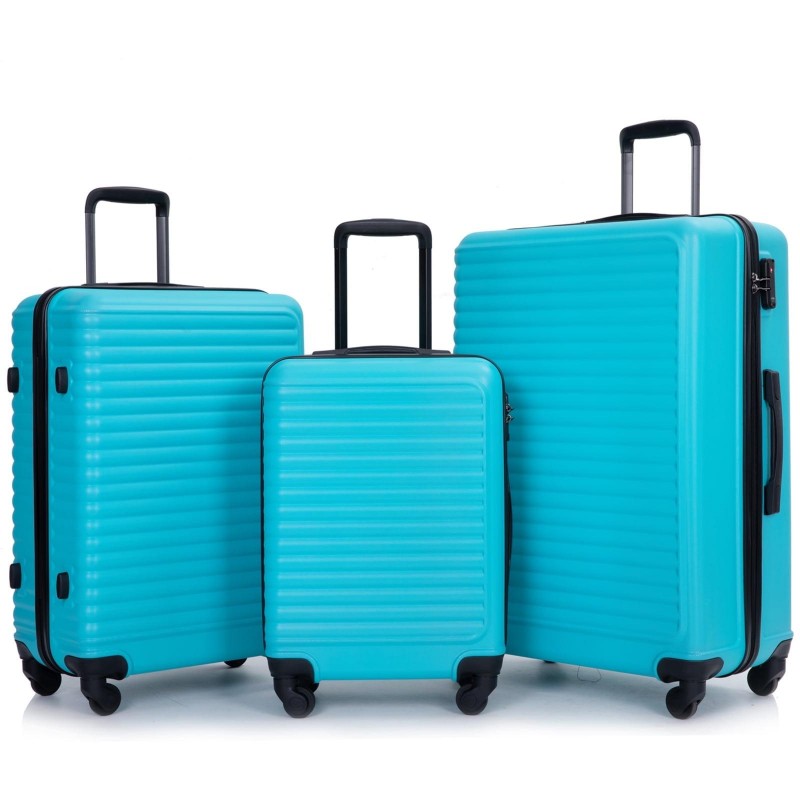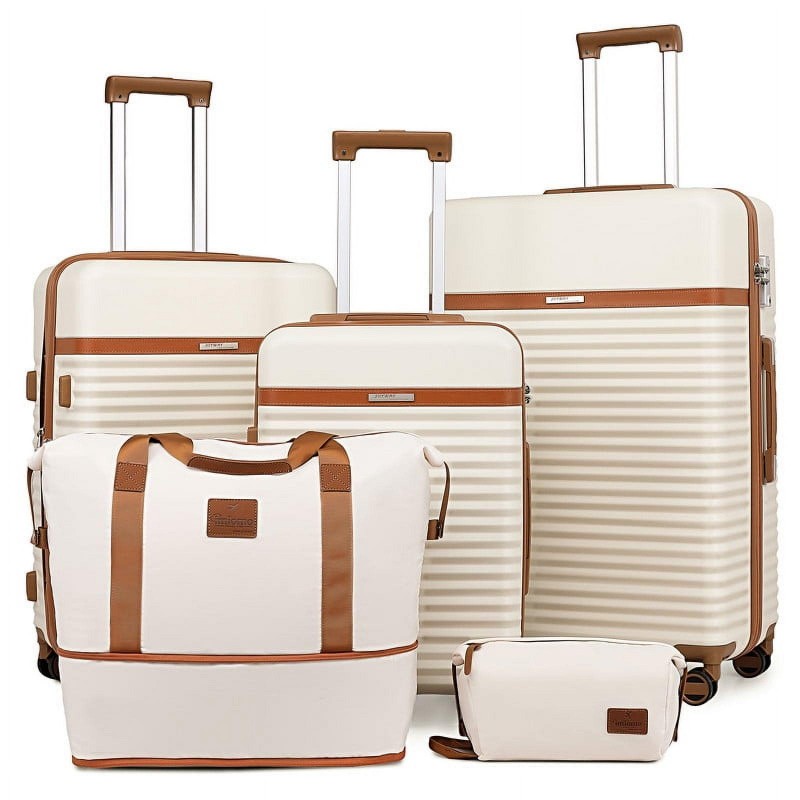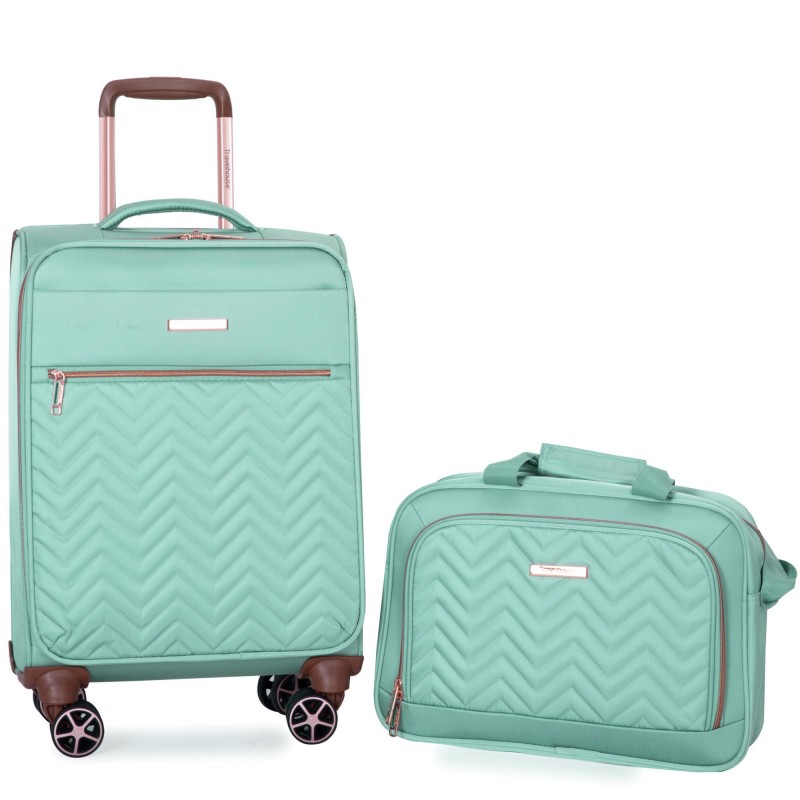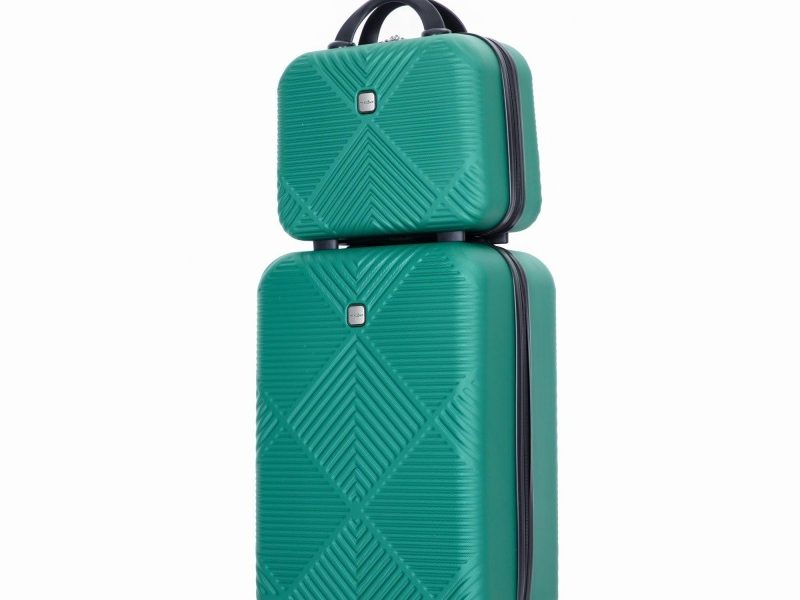When preparing for a trip, one of the most important steps is choosing the right suitcase. Whether you’re jetting off for a weekend getaway or embarking on a month-long adventure, the dimensions of your luggage play a crucial role in your travel experience. A well-measured suitcase ensures compliance with airline regulations, fits into desired storage spaces, and maximizes your packing capacity. However, many travelers often ask themselves: how to measure suitcase dimensions accurately? This guide will break down the process of measuring suitcases, discussing the reasons behind various measurements, the tools needed, and best practices for selecting the right luggage. By the end, you will have the confidence to choose a suitcase that perfectly suits your travel needs.
Why Measuring Your Suitcase is Essential
Importance of Accurate Dimensions
Knowing how to measure suitcase dimensions is crucial for several reasons:
- Airline Regulations: Many airlines have strict guidelines regarding luggage sizes and weight. Understanding the measurements ensures you comply with these limits, preventing additional fees or the need to check your bag unexpectedly.
- Fit for Transport: Accurate dimensions help you determine whether your suitcase will fit in overhead compartments, car trunks, or other storage spaces.
- Efficient Packing: Understanding the internal dimensions of a suitcase aids in utilizing the available space effectively. This efficiency minimizes the likelihood of overpacking and associated baggage fees.
- Choosing the Right Type: Different trips require different types of luggage. By measuring your suitcase correctly, you can identify which kind suits your upcoming travels best.
Standard Measurements to Consider
Measuring a suitcase often involves three vital dimensions:
- Height: Measured from the base to the top, indicating how tall the suitcase stands.
- Width: Measured from one side to the other, indicating how wide the suitcase is.
- Depth: Measured from the front to the back, representing how deep the suitcase is.
Understanding these three basic measurements will empower you to make informed decisions while selecting the perfect suitcase.
Tools Needed for Measuring a Suitcase
Basic Tools
To measure your suitcase accurately, gather the following items:
- Measuring Tape: A flexible measuring tape is ideal for capturing all dimensions. A cloth tape also works well for convenience.
- Notebook or Smartphone: Keeping track of measurements using a notebook or a note-taking app can help organize your data.
- A Flat Surface: Ensure you measure on a flat surface to avoid inaccuracies caused by uneven ground.
- A Helper (Optional): While not mandatory, having someone assist you can help hold the measuring tape in place, especially for larger suitcases.
Step-by-Step Guide: How to Measure Suitcase Dimensions
Step 1: Preparing the Suitcase
Before measuring, ensure the suitcase is empty:
- Open the suitcase to avoid pressure on the fabric or frame, ensuring a comprehensive measurement.
- If necessary, remove any straps or additional accessories that may cause distortion during measurement.
Step 2: Measuring Height
- Position the Suitcase: Place the suitcase upright (the position in which you would typically carry it).
- Use the Measuring Tape: Starting from the floor, extend the measuring tape vertically to the top of the suitcase.
- Record the Height: Note down the height measurement, ensuring it is accurate.
Step 3: Measuring Width
- Position the Suitcase: Lay the suitcase flat on its side (like it would be during transport).
- Measure Across the Width: Use your measuring tape to determine the distance from one side of the suitcase to the other.
- Note the Width: Write down this measurement, ensuring you maintain consistency in how you measure.
Step 4: Measuring Depth
- Position the Suitcase: Keep the suitcase lying flat as you did for the width measurement.
- Measure the Depth: Using the measuring tape, measure from the front of the suitcase (where the zipper is situated) to the back.
- Record the Measurement: Write down this depth measurement accurately.
Step 5: Double-Check Your Measurements
- Verification: After recording, double-check each dimension to ensure accuracy. This verification helps avoid mistakes in sizing.
- Consistency: If you use different methods of measurement (e.g., in inches vs. centimeters), make sure to convert them appropriately to maintain consistency.
Understanding Manufacturers’ Listings
Manufacturer Specifications
When shopping for suitcases, manufacturers often provide specific dimensions based on their measurements. These listings typically include overall dimensions as well as internal packing space:
- Overall Dimensions: Manufacturers commonly list the height, width, and depth measurements combined with wheels and handles. This measurement gives potential buyers a sense of how it will fit in luggage spaces.
- Internal Dimensions: Internal dimensions indicate the true packing space available for clothes and items, which can be smaller than overall measurements due to the design and padding of the suitcase.

Comparing Dimensions with Airline Regulations
Each airline has its regulations regarding luggage size, so knowing these specifications is crucial:
- Carry-On Limits: Most airlines specify maximum dimensions for carry-on luggage, typically ranging between 22 x 14 x 9 inches (56 x 36 x 23 cm).
- Checked Luggage Requirements: Generally, checked luggage limits can vary, but the dimensions usually fall within 62 linear inches (height + width + depth).
- Consulting Airline Policies: Before making any purchases, it’s advisable to check the specific airline’s luggage policies. This will help you choose a suitcase that meets their requirements.
Tips for Making the Most of Your Suitcase Measurements
Packing Optimization
Once you understand how to measure your suitcase, consider the following tips for packing efficiently:
- Utilize Packing Cubes: These help compartmentalize your belongings, making it easier to organize and find items while maximizing space.
- Rolling Clothes: Roll clothes instead of folding them to save space and minimize wrinkles.
- Strategically Place Heavier Items: Be mindful of weight distribution. Place heavier items at the bottom close to the suitcase wheels to lower the center of gravity.
Securing Items Inside
To prevent items from moving during transport:
- Use Compression Bags: These bags help compress items, creating more available space and ensuring clothes stay put.
- Anchor Items Down: Use straps and dividers to keep items secure and avoid shifting during transit.
Regularly Assess Your Luggage
Before each trip, evaluate your suitcase to determine if it meets your current needs:
- Changing Travel Needs: As your travel habits change, consider whether your suitcase size and style still align with your requirements.
- Wear and Tear: Check for any signs of damage or wear, such as broken zippers or cracked shells. It may be time to invest in a new suitcase if your current one is showing signs of aging.
Common Mistakes When Measuring Suitcases
1. Measuring with the Handle Extended
One mistake involves measuring the suitcase with the handle extended, which can lead to inaccurate dimensions. Always ensure the handle is retracted during measurements.
2. Ignoring Curb Weight
Not considering the weight capacity of your suitcase can lead to issues. Make sure to check the weight limits set by airlines, and remember that heavier suitcases may incur additional fees.
3. Not Checking Airline Policies
Neglecting to consult airline policies prior to purchasing luggage can cause unnecessary stress at the airport. Always stay informed about specific guidelines regarding sizes and weight.
4. Forgetting to Include Wheels
Many travelers forget to account for the wheels and handles when measuring their suitcases. Be sure to include these elements for an accurate determination of overall dimensions.
Conclusion
In summary, knowing how to measure suitcase dimensions accurately is essential for making informed choices in luggage selection. Understanding overall size, internal capacity, and how to maximize space enables you to pack efficiently and travel with confidence. Furthermore, being aware of common pitfalls ensures you avoid preventable mistakes, making your travel experience smoother and more enjoyable.
As your travel needs evolve, consider how various features and brands can meet your expectations. By taking the time to choose the right suitcase that fits your style and dimensions, you empower yourself to travel with ease. Whether you’re planning a weekend getaway, a business trip, or an extended vacation, a well-measured suitcase can significantly enhance your travel experience.
Finally, with the proper care, regular inspections, and proactive maintenance, your chosen suitcase can serve you faithfully for many travels to come. Equip yourself with this knowledge and embark on your next adventure with the confidence that comes from being well-prepared.

